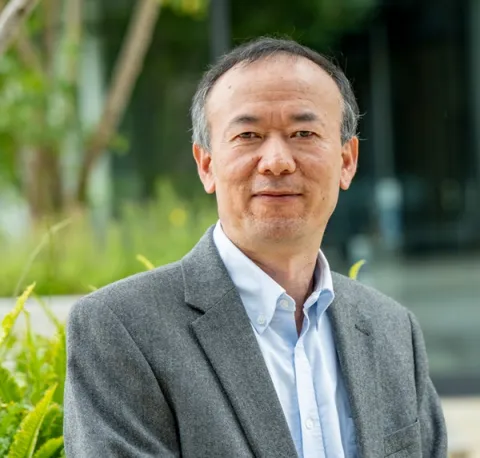About the project
This project will investigate across-scale physical processes in urban areas, with a focus ranging from the metre to kilometre scales.
We will develop a computational fluid dynamics tool, using an open source code and the efficient inflow turbulence generation method developed at Southampton, to significantly speed up the numerical simulations, and therefore bridge gaps in protection in urban environments.
We are in a changing world. This includes climate change, fast developing urban environments where most of the population lives. It is crucial that we are able to understand such a complex system, and therefore to build more reliable predictive tools in time, such as for street airflows, temperature hot spots, concentration of pollutants, chemicals and pathogens in urban areas, to mitigate any impact to be resilient.
To learn more about how important these issues are for the modern world, please read the announcement of the Nobel Prize in Physics 2021.
The objectives of the project are:
- to build and test an integrated tool that is much faster than ‘real-time’ for prediction of wind and dispersion over a city scale urban area (about 5km2) in around 1s time resolution and 1m space resolution
- to validate the developed tool for near-field dispersion using the DAPPLE site (Marylebone Rd – Gloucester Pl, London) data, where the BT Tower meteorological conditions were used as the boundary conditions to drive the numerical simulations
You will join our flourishing Aerodynamics and Flight Mechanics group, which engages in a wide range of experimental and numerical studies of turbulent flows.
The project will benefit from close collaboration with other researchers and colleagues.
You will have access to the local and national supercomputers, and work closely with the UK Met Office colleagues through placements and regular meetings. One of your supervisors will be Lois Huggett from the UK Met Office.
